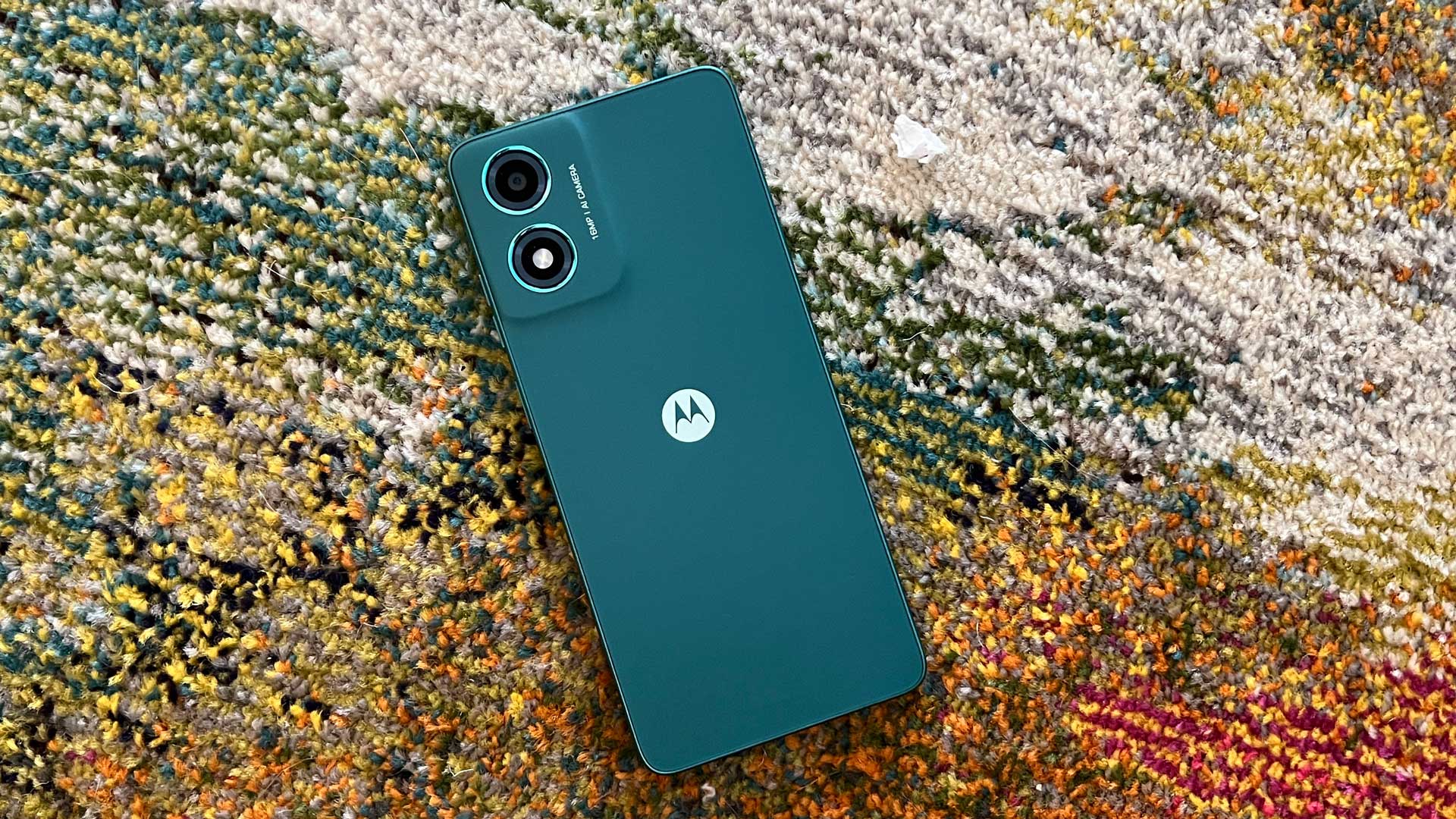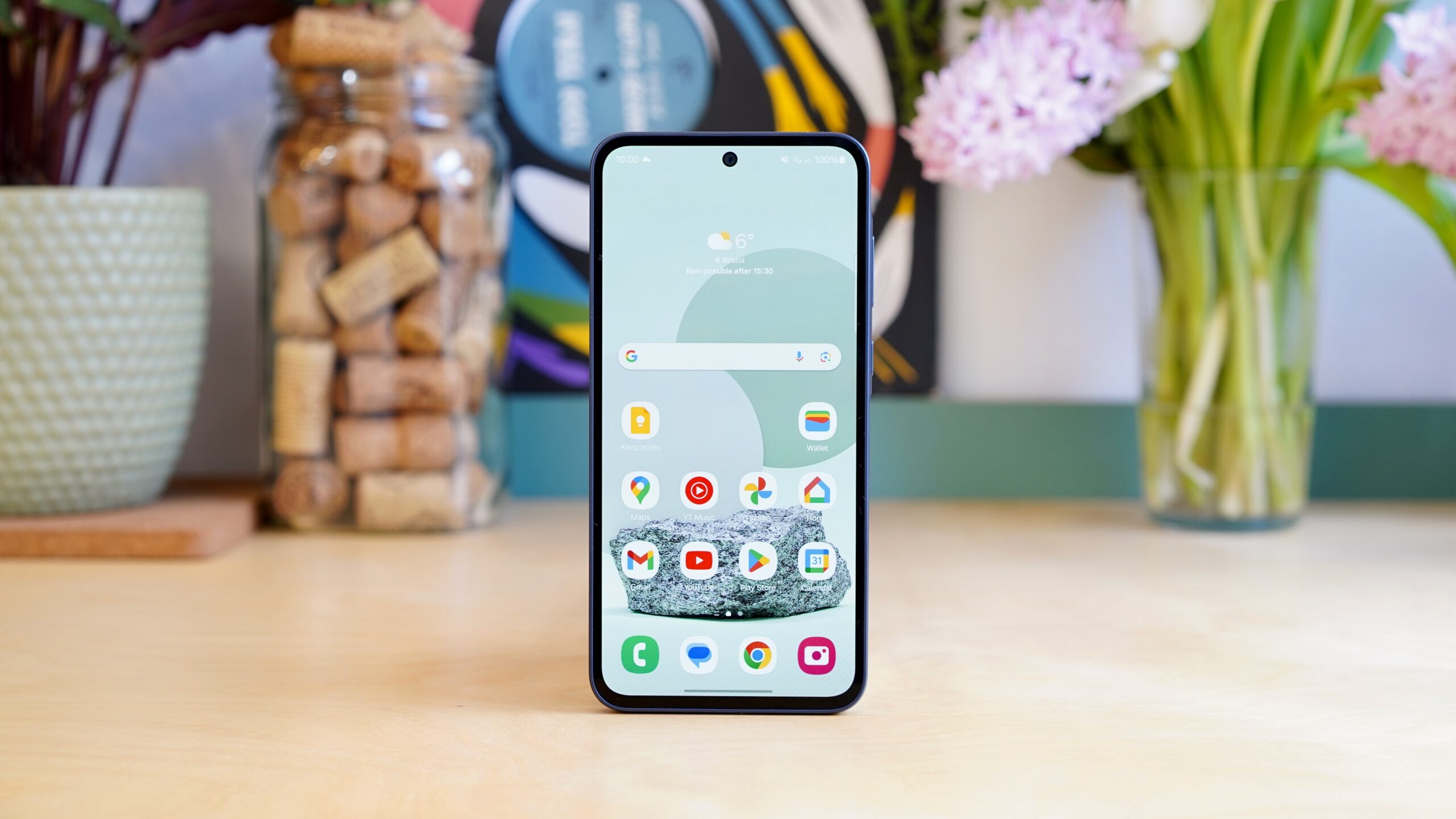Sony Xperia 1 III Review
Sony's best yet
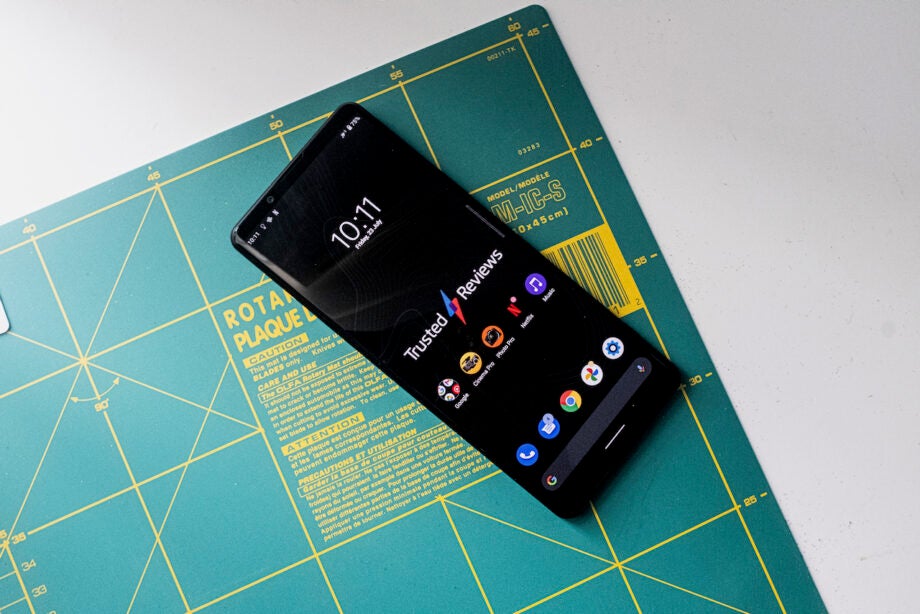

Verdict
The Xperia 1 III is one of the most interesting phones I’ve tested this year. This isn’t a cookie-cutter flagship impersonating a Galaxy S21 in its attempt to earn a place among the best Android phones – it’s doing its own thing and I appreciate that a lot.
It’s great to see features like the SD card slot and headphone jack kept in. Design-wise its also wonderfully unique featuring a notch and cut-out free screen alongside an atypically tall and narrow design. On top of this it’s fast, has a good camera and mostly fluid software.
But, there are bits that aren’t a complete success. Some parts of the camera need improving and I’d like a brighter screen when outside. Still, even with these flaws this is the best Sony flagship in a long time and it shouldn’t be dismissed – even at its high asking price.
Pros
- No notch and cutout leaves screen uninterrupted
- Narrow body is great most of the time
- Features ditched elsewhere like SD card, headphone jack included
Cons
- Screen doesn’t get bright enough outdoors
- Tall display can make certain things feel cramped
- Low-light and zoom photography isn’t that great for something that costs this much
Availability
- UKRRP: £1199
- USARRP: $1299
- EuropeRRP: €1299
- Canadaunavailable
- Australiaunavailable
Key Features
- Tall 4K displayThe 21:9 screen has a 4K resolution, HDR and 120Hz refresh rate
- Triple camera arrayYou’ve got a wide, ultra wide and a duo of tele cameras here
- High-end specsHi-Res audio support, Snapdragon 889, 5G, 12GB and up to 512GB storage
Introduction
Sony is taking Android phones seriously again. The Xperia 1 III is as feature-rich as any other device around, pushing the limits with its 4K 120Hz screen and variable camera system.
Sony phones have often felt like niche products that aren’t quite as good as they should be. That niche element is still retained with the Xperia 1 III, however it’s a far more complete Android phone than previous attempts.
Design and Screen
- 4K display with 120Hz refresh rate
- Tall 21:9 aspect ratio
- Simple, attractive look
There’s a lot I like about the display on the Xperia 1 III and a lot that has annoyed me during my week with the phone. Let’s start with the good stuff.
There’s no doubting the quality of the 6.5-inch OLED panel and the addition of a 120Hz refresh rate for smoother scrolling makes it a notable improvement over the Xperia I II. That phone had some odd software trickery to try and fool you into thinking its bog-standard 60Hz panel was faster.
120Hz makes a number of obvious differences. This means that the screen refreshes 120 times per second, rather than 60 times on a 60hz screen. Swipes and scrolls in everything from Twitter to Google Docs are smoother, games are more responsive and there’s just a generally faster feel in everything you do. A faster refresh rate is one of those things that needs to be seen and used to really be understood. Once you’ve used a phone with it, it’s hard to go back.
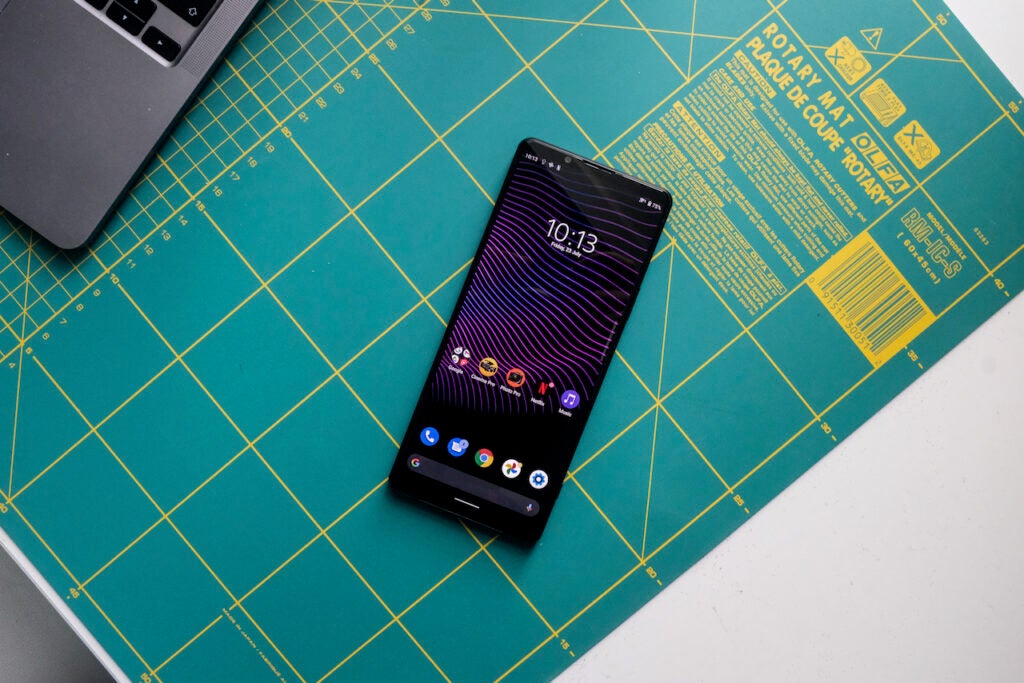
The screen also has an atypically high 4K resolution. This feature has been a headline addition to Sony’s flagships over the past few years and the Xperia line is still the only place this pixel-dense addition can be found. Most phones, like the Galaxy S21, have a 1080p panel, while others up that further to 1440p.
Pushing up to 4K does give Sony something its big rivals don’t and while you likely won’t notice the difference in regular use it does make a difference in media – if you go looking. 4K YouTube videos have extra sharpness and if you appreciate the difference, you’ll find the Xperia 1 III ticks all the right boxes.
Of course, a higher resolution doesn’t necessarily equal a better display. I’ve used many 4K TVs that look worse than 1080p alternatives and older Xperia 4K phones were comfortably beaten by the lower-res competition. It’s just as important to have accurate and pleasing colours.
The Xperia 1 III offers two distinct colour modes. By default, there’s a standard mode enabled which has quite a punchy, saturated look. Everything is bright and colours pop, possibly a little bit too much. Delve into settings though and there’s an option to switch this into Creator mode. This, as Sony puts it, aims to provide a ‘faithful reproduction of the creator’s intention through 4K display and specially developed image processing with BT.2020 colour gamut and 10-bit colour of HDR spec’. Whether that means anything to you or not is beside the point, as enabling this mode is my preferred way to get the most from this screen.
Everything feels a little warmer, more realistic and generally more pleasing. It feels like when you switch a TV from standard mode to cinema mode – it might take some adjustment to that more orangey look, but you’ll find the other mode a bit lurid when you go back.
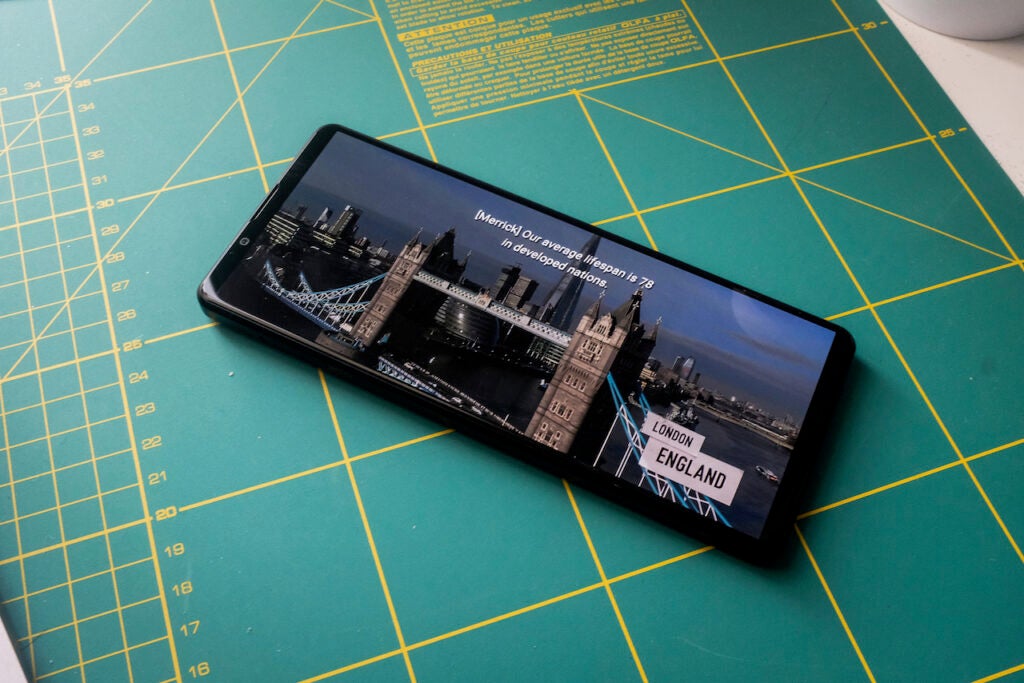
This really is a great screen for watching content on. Films shot to fit the display’s 21:9 aspect ratio look ace, while the lack of a notch makes this one of the few high-end phones around that doesn’t have an annoying interruption on the screen. Apps like Netflix support HDR, and I truly believe the added punch this gives makes the viewing experience even better.
Now, there are some areas where I am still entirely not convinced by some of Sony’s choices. The 21:9 design makes for a tall device that’s good for one-handed use and ideal for scrolling in apps like Instagram and Twitter, but not so much for getting as much as possible on the screen. The narrow panel feels far more cramped than many of the other best phones around. It’s also not the best experience when you’re watching videos not shot for the aspect ratio as hefty black bars are commonplace especially when watching YouTube.
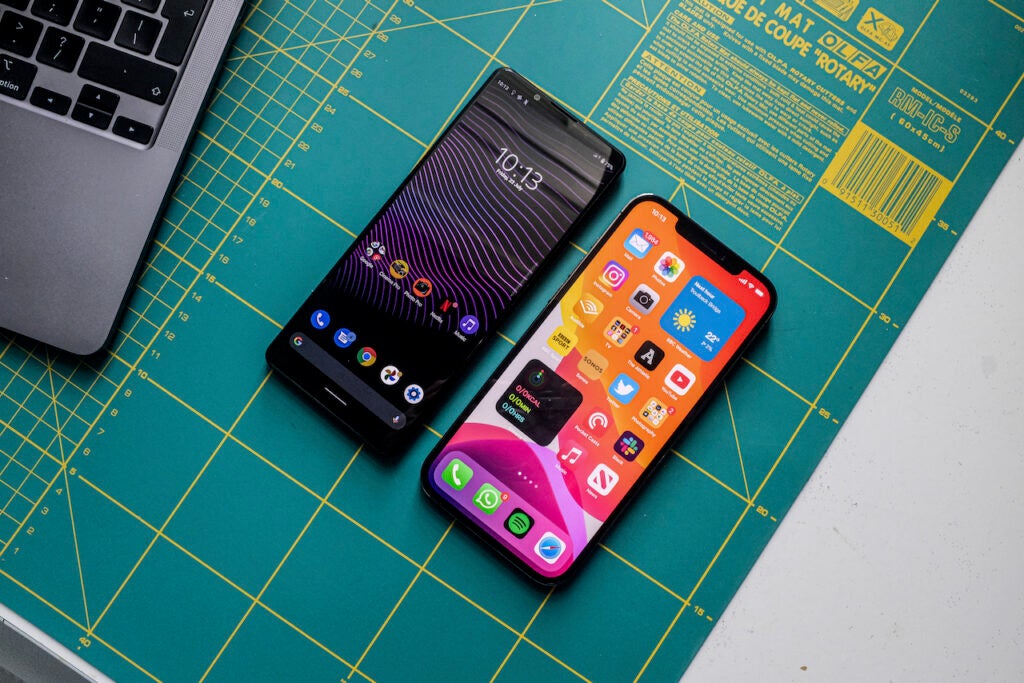
The panel also struggles to get truly bright enough to use comfortably on a really sunny day – an issue I haven’t had for a while with a phone this expensive.
Even with those quirks, I do like the display a lot and I am glad Sony is offering something different to the swathes of curved, notched displays that sit on most Android flagships.
While the screen goes all-out, the design of the Xperia 1 III is fairly modest. This is far from a bad thing and I think this is a very good looking phone that again offers features others have ditched.
There’s a very capable 3.5mm port on the top, a microSD/SIM tray that doesn’t require a pesky tool for removals and a dedicated multi-step button for opening and shooting with the camera. Sony has even kept around the notification light. I appreciate all these additions.
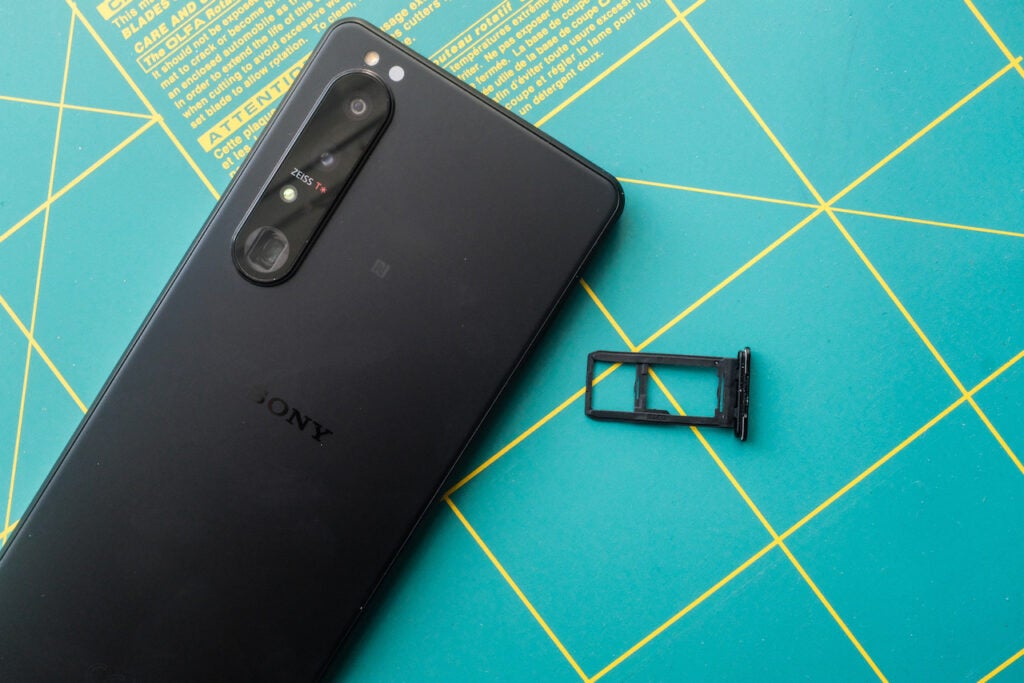
Along with that camera shutter button, there’s a Google Assistant key and a power key with a fingerprint sensor embedded inside. As this isn’t a flexible display, there’s no fingerprint sensor underneath the screen.
This isn’t a flashy phone. The matte back is soft to the touch and doesn’t get fingerprints all over it while the two colour combinations are muted. It feels durable thanks to sturdy metal sides along with Gorilla Glass Victus on the screen and an IP68 rating.
Camera
- A capable triple camera system
- Variable tele camera
- Pro modes for video and photo
This is the section where the Sony Xperia 1 III will be at its most controversial.
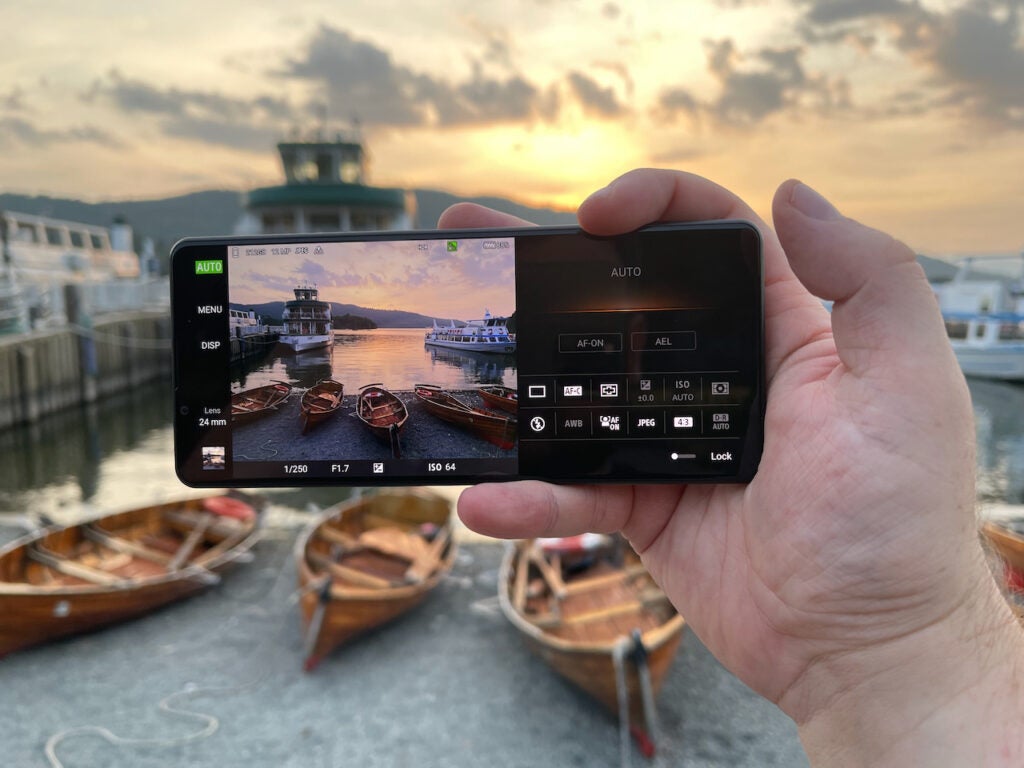
If we’re talking about pure tech specs, then Sony has done pretty much all it can to make the Xperia 1 III 2021’s best camera phone. There are three main 12MP cameras (wide, ultra wide and tele zoom) with the bottom one using the periscope lens feature utilised on the Huawei P40 Pro Plus and Galaxy S21 Ultra. This telephoto lens is also variable so it can switch between a duo of focal lengths, giving you more versatility with the zoom.
Sony has also combined the functionality of the basic Android camera app into the Photography Pro app it shipped last year. This is exactly what I asked for when reviewing the Xperia I II and for the most part, it makes for a good experience. Sony has taken inspiration from its well-respected Alpha line of cameras for the design, with many of the dials and options plucked straight from there.
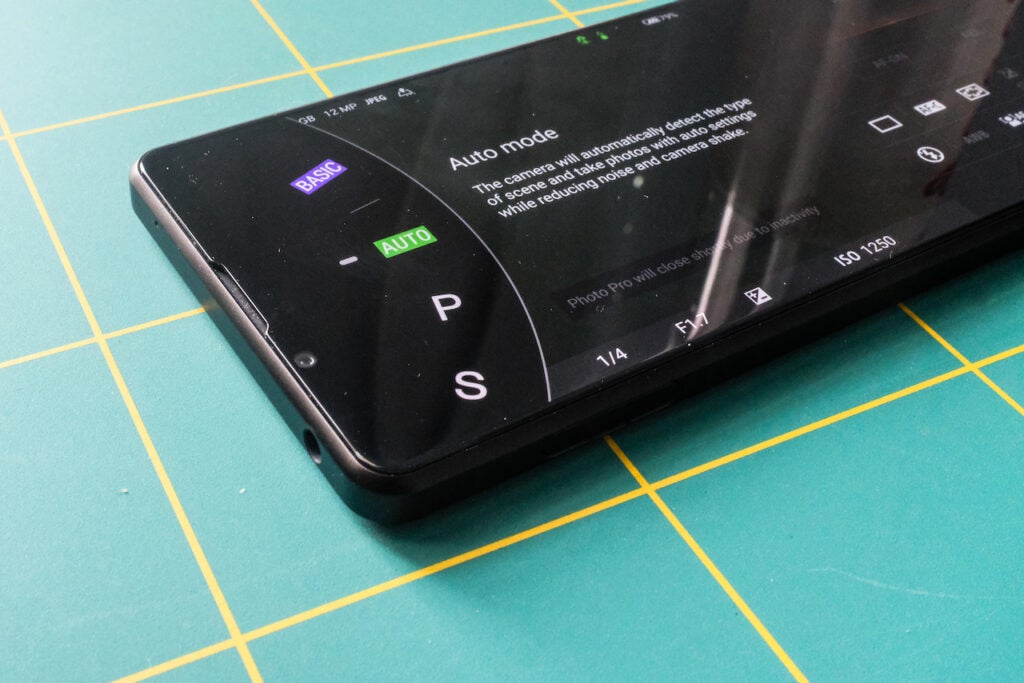
There’s a lot to like about this camera and in many situations, shooting with it is fantastic. The ridiculously fast autofocus in burst mode is a revelation for snapping shots of my fast-moving puppy and I rarely got a shot that was out of focus when she was running around. That’s something I can’t say when shooting with any other phone.


Sony doesn’t focus as much on post-processing as some of the competition, with snaps looking more natural and less vivid than those from a Samsung or Apple phone.


I don’t mind this look and it does give you a more neutral starting point from which to edit snaps, however everything looks a little flatter as a result. You’ll notice this especially in situations with lots of shadows, where smaller details are lost.
Jump into the Pro section of the app and there are swathes of settings for tweaking and tuning things to exactly how you want them to be if you’re willing to put the effort in. I still think Sony needs to cater more for those who would prefer that the phone do a better job without too much fiddling around.
The actual photography falls down a bit when you’re either using the duo of zoom sensors or shooting in tougher, darker environments.

In night situations, the focussing system goes from excellent to average. On multiple occasions, while shooting in darker bars and restaurants, the photos I shot were out of focus and pretty poor. These are the moments where you don’t want to be using the Pro settings, instead having the camera do some of the heavy lifting for you.
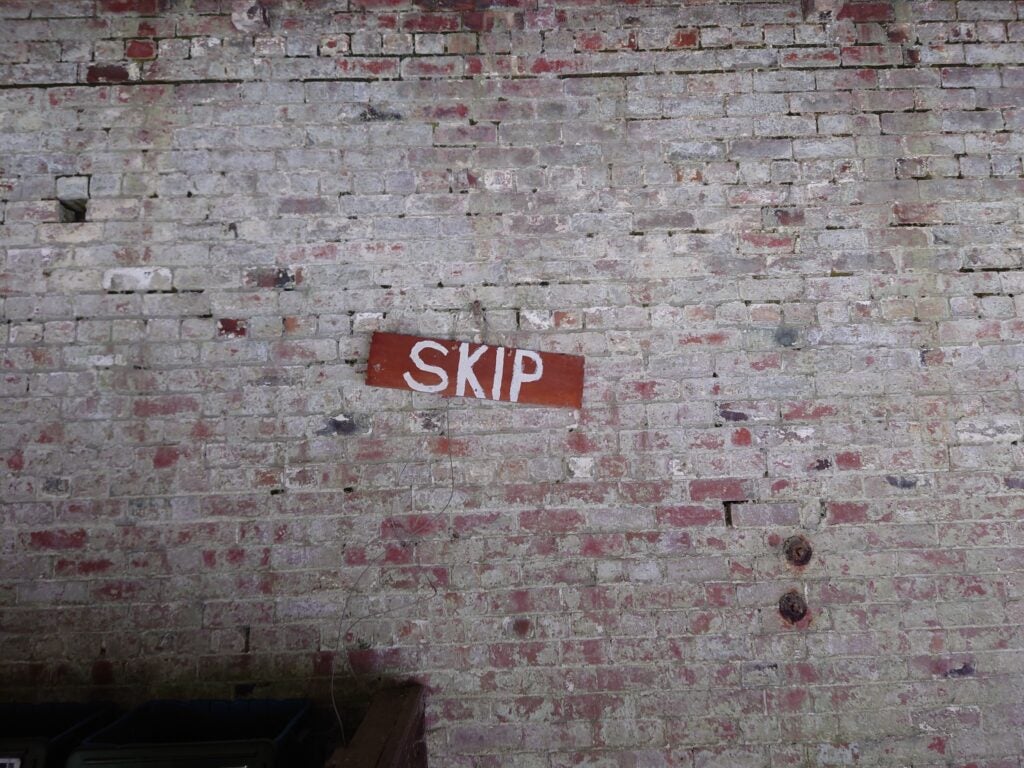

The adaptive zoom tech is clever, and you can quickly jump from 2.9x (70mm) to 4.4x (105mm). This isn’t as wild as the 10x or 20x (let’s not count those ridiculous 100x zooms here) but it’s probably more in the realm of what people actually want. Photos at these zoom lengths are fine, but not as good as similar shots I took with a Galaxy S21 Ultra.

Video is a bit of disappointment too. Video can be shot through the Cinema Pro app and when you open the app for the first time you’ll be greeted with a serious amount of settings, options and dials.
You can alter the look of your video, easily change the resolution, ISO, white balance and so on. It all looks very professional and it should do, as it’s inspired by the Sony CineAlta brand. But really the results are no better than on other phones, even if you spend a lot of time fiddling with all the options.
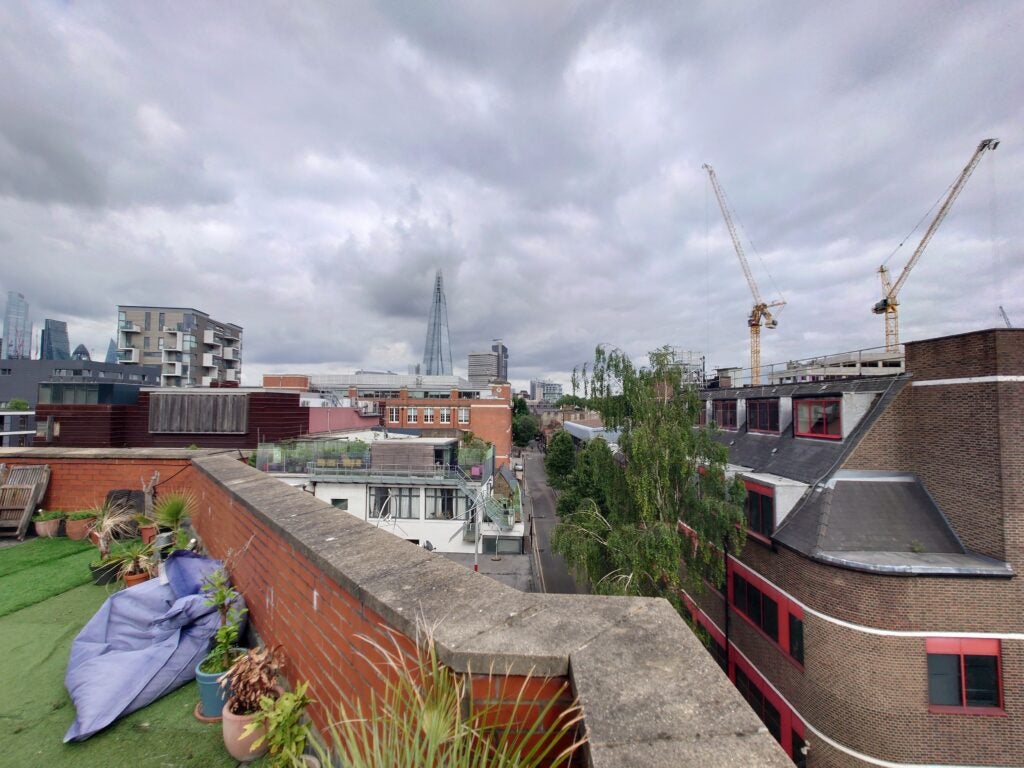
I do like the majority of shots I took with the Xperia 1 III, especially those in daylight situations. The shutter button gets you to the camera fast and the ridiculously snappy AF system makes this the best camera for shooting pets I have ever used. But, even with the wealth of options available often I felt it was missing the point of a phone camera.
Performance
- Snapdragon 888
- 5G support
- 256GB/512GB storage
The Sony Xperia I III isn’t just high-performing when it comes to the speed of the Snapdragon 888 chipset. It also has great stereo speakers, wide Hi-Res audio support and plenty of RAM. It’s expensive yes, but there’s very little missing.
That flagship Qualcomm chipset ensures general performance is mostly very good (there are some issues, but I’ll get on to that later). This phone can handle any app or game you throw at it without chugging or dropping frames.
Scores in benchmark apps put it alongside other Android big hitters like the Exynos Samsung Galaxy S21 Ultra and Oppo Find X3 Pro. If you want to see the scores, see the bottom of this review for a full readout.
The wide display is great for gaming and Sony has added a few custom tricks into the software to give you a little more control. The Game Enhancer toolkit includes stuff like screen recording up to 1080p 120fps, the ability to release extra RAM to a game and handy tweaks like disabling notifications and auto-brightness.
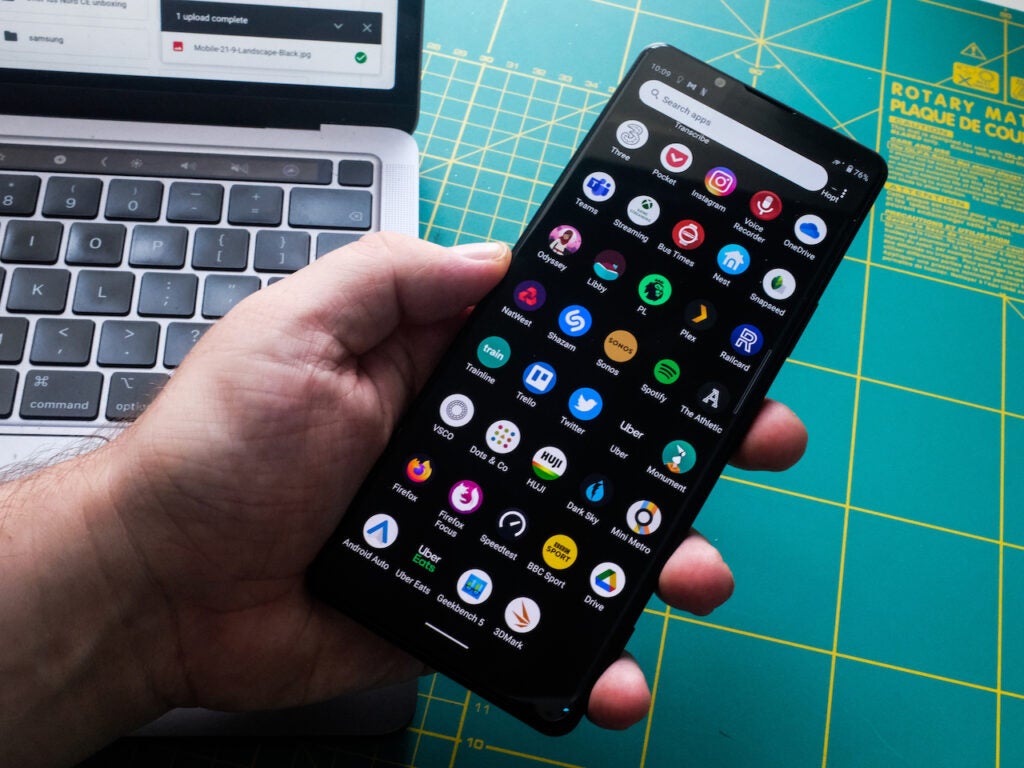
If you’re really serious about gaming then you can connect up a Bluetooth controller. Sony says there is official support for the Dualshock 4 but not the PS5’s Dualsense. That’s odd, especially as the iPhone has full support for Sony’s latest pad within iOS.
The audio from this phone is great. There’s a very capable headphone port on the top and it can stream High-Res audio through Sony’s LDAC codec to compatible headphones like the WF-1000XM4s. The front-firing stereo speakers are great and easily among the best I have used on a phone this thin.
Sony has scaled back its Android interface in recent years, going with a far more Google-esque look. There is a selection of Sony tweaks, but many of these actually work quite well. There’s a Side Sense shortcut bar that packs more apps onto your home screen and a very helpful one-handed mode. The tall 21:9 screen is also among the best around for multitasking, as there’s plenty of space for two apps to sit above and below each other.
However, the software – which is built upon Android 11 – isn’t without its quirks. Throughout my time with the phone, there have been multiple occasions of weird activity. Sometimes the phone takes an age to rotate when I am watching a video and often the screen seems slow to respond to my taps. These are not constant issues, but they appear more than I would expect.
There’s also a lot of pre-installed stuff here. An app offering me a free trial of Tidal, LinkedIn, Call of Duty and Prime Video were all on the homescreen when I first booted the phone up. Hardly a big issue, but still something I would rather not see.
Battery Life
- 4500mAh cell
- 30w charging wired
- Wireless charging also included
There’s been a big boost to the actual battery inside the Xperia 1 III when compared to the older Xperia 1 II. It’s now a 4500mAh cell, rather than 4000mAh, and has quicker 30w wired charging. I managed to go from 0-100% in roughly 90 minutes, while a 50% top-up took 30 minutes.
That 30w wall plug is included too, which is a welcome touch these days. There’s support for wireless charging and reverse wireless charging for juicing up a pair of earbuds or a Qi-enabled smartwatch.
Neither the battery size nor the charging is the best around, but that’s not to say the battery life is disappointing here. Considering the pixels being pushed, I managed to get through the day comfortably with typically 10-15% left.
Along with the fast charging, there’s a focus on slow charging too. Battery health is a feature often sacrificed in the race to get from 0-100% in the quickest possible time but it’s something Sony really does care about.
Being able to have the phone trickle charge overnight, only finishing the top-up before you wake up, is such a great idea for when charging quickly offers no benefit.
Best Offers
Should you buy it?
You don’t want to sacrifice any port or feature: SD expansion, removable SIM tray without a tool, notification light, headphone jack – that’s just a few of the serious amount of handy extras Sony has made sure the Xperia 1 III has.
You want a camera that does the hard work: These are strong cameras but the camera app asks you to do a lot of the heavy lifting to really get great shots.
Final Thoughts
This is the best phone from Sony I have ever used and it’s the first time there isn’t as obvious a missing feature. I’d go as far as saying this is the most fully-featured Android phone around.
How we test
We test every mobile phone we review thoroughly. We use industry standard tests to compare features properly and we use the phone as our main device over the review period. We’ll always tell you what we find and we never, ever, accept money to review a product.
Find out more about how we test in our ethics policy.
Used as our main phone for the review period
Reviewed using respected industry benchmarks and real world testing
Always has a SIM card installed
Tested with phone calls, games and popular apps
FAQs
Yes, there is fast wireless charging here
While this is a 4K screen, Netflix tops out at 1080p with HDR
Yes, this is one of the few flagships with a headphone jack
Trusted Reviews Test Data
Specs
Jargon buster
mAh
An abbreviation for milliampere-hour and a way to express the capacity of batteries, especially smaller ones in phones. In most cases the higher the mAh, the longer the battery will last but this isn’t always the case.5G
Offering faster download and upload speeds when compared to 4G. Great for game streaming and HDR video playback. Not supported everywhere yet and speeds vary wildly.Qi Wireless Charging
The most common format for wireless charging and the one supported by the majority of devices. Charge speeds vary a lot by the phone.

